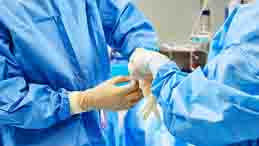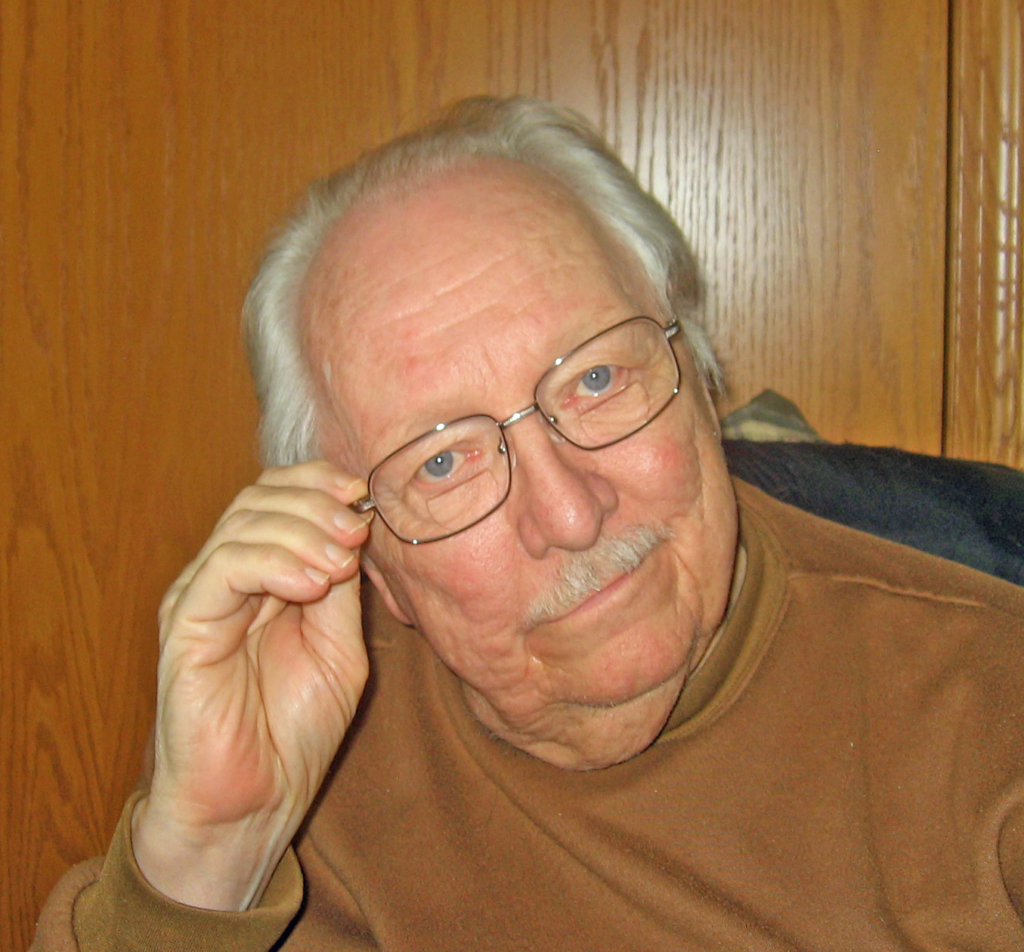Sharing is caring!
 I promised you in my November 6 blog I would share my visit to the spinal group at the VA hospital in Fargo, North Dakota. The visit is a once a year thing. You visit with people ranging from a social worker to a doctor. You may have heard bad things about the VA, but they have been great to me. I think the problem comes because people like me who have a “service-related” problem go to the head of the line. The VA will help all veterans. I’ll use myself as an example to explain that. My back was damaged while I was in the service. If I had injured my back as a civilian, the VA would still treat me, but I might have to wait for that treatment longer. I think that’s only fair because if you were hurt while on active duty, you should get help as soon as possible. On the battlefield, you only had to yell for a medic to get help.
I promised you in my November 6 blog I would share my visit to the spinal group at the VA hospital in Fargo, North Dakota. The visit is a once a year thing. You visit with people ranging from a social worker to a doctor. You may have heard bad things about the VA, but they have been great to me. I think the problem comes because people like me who have a “service-related” problem go to the head of the line. The VA will help all veterans. I’ll use myself as an example to explain that. My back was damaged while I was in the service. If I had injured my back as a civilian, the VA would still treat me, but I might have to wait for that treatment longer. I think that’s only fair because if you were hurt while on active duty, you should get help as soon as possible. On the battlefield, you only had to yell for a medic to get help.
My back was damaged in the lumbar region. That is the lower part of the spine just before what I call your tailbone. The doctors call it your “pelvic,” and the pelvic is made up of three parts, S1-S3. The lumbar portion of your spine has five vertebrae that are labeled L1-L5. If you like to see what that is visually, search for “images of the lumbar spine.” That’s the anatomy lesson for today – grin.
Several things had happened to the vertebrae in that part of my back. Surgeries tried to correct them. They attempted to fuse my spine from L1-S2. They put a screw on either side of each vertebra, and between each screw, they run a rod from vertebrae to vertebrae. They fuse the tailbone with screws that run to the pelvic girdle. In my case, they also fused two vertebrae with a metal bracket attached to the front of the spine. That operation was a bit more complicated. General surgeons came in and made an incision from the bellybutton to the nether regions. They moved all of the internal structures aside to expose the spine. The neurosurgeon came in and put the plate in place with screws. The general surgeons returned, put everything back in order, and closed the incision. I have a scar that might be familiar to many women as it looks like a gynecological scar. I know that because I can compare my scar with my wife’s.
All that effort took several operations and a total of about 46 hours on the operating table. It failed because my body seems to have rejected the screws used to hold the rods in place. I say rejected because I had a severe ankle break that required a metal plate and five screws. The operation was done long before my back surgeries. After the attempt at fuse my spine, the screws in my ankle came loose too. Before the spinal surgeries, they were firmly in place. If you looked at an x-ray of my spine, you would see no contact between the screw and the spine’s bone. The screws are loose and slowly working their way out. You can see the head of the screws pushing the skin upward.
The last operation was to replace two screws that had come loose. After the operation, two more screws came loose for a total of four loose screws. You can say I have loose screws; I can tell you how many – grin. The operations were done at the Mayo Clinic in Rochester, Minnesota. I don’t think you could ask for better medical care anywhere. The neurosurgeon wasn’t surprised when I told her it didn’t make sense to go back and do another surgery. Megan’s work was excellent from all I can tell. It was my body that didn’t cooperate. If you ever find yourself in need of a neurosurgeon, I couldn’t recommend Dr. Megan Murphy MD more highly.
Back to the visit last week at Fargo-the major thing we addressed was the increasing pain. It looks like we will try a spinal cord stimulator, SCS. Electrodes are placed along the spine and connected to a package of electronics. The SCS works by scrambling the nerve pulses, so they never reach the brain. The problem is an SCS doesn’t work for everyone. They temporarily put the electrodes in, and you carry the electronics package around with you for a while to see if it does work. If it works, they will put the electronics package inside my body and permanently install the electrodes along the spine. There are some problems, but I’ll leave them to another blog if the SCS works.
This is my homework report from my visit to the Fargo VA.
